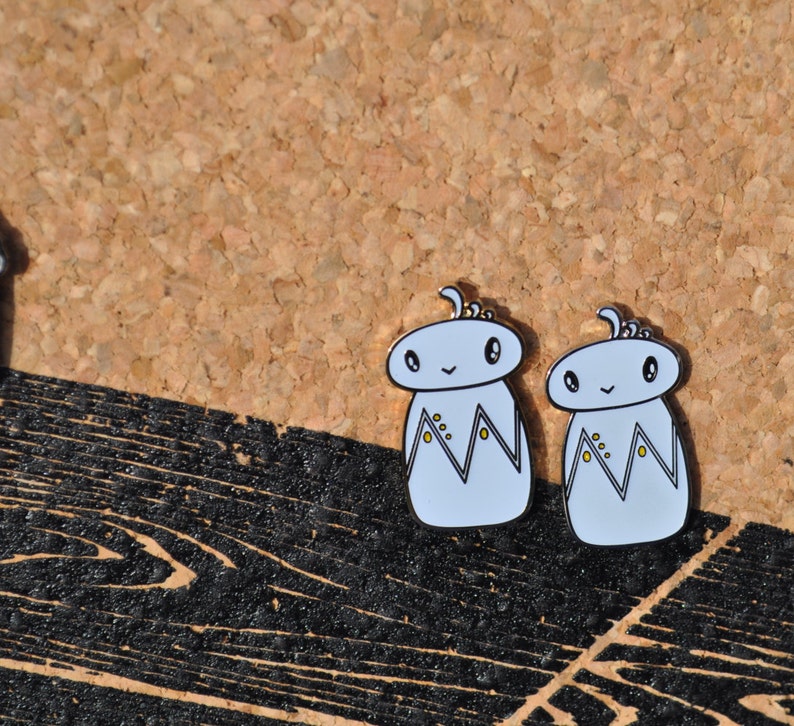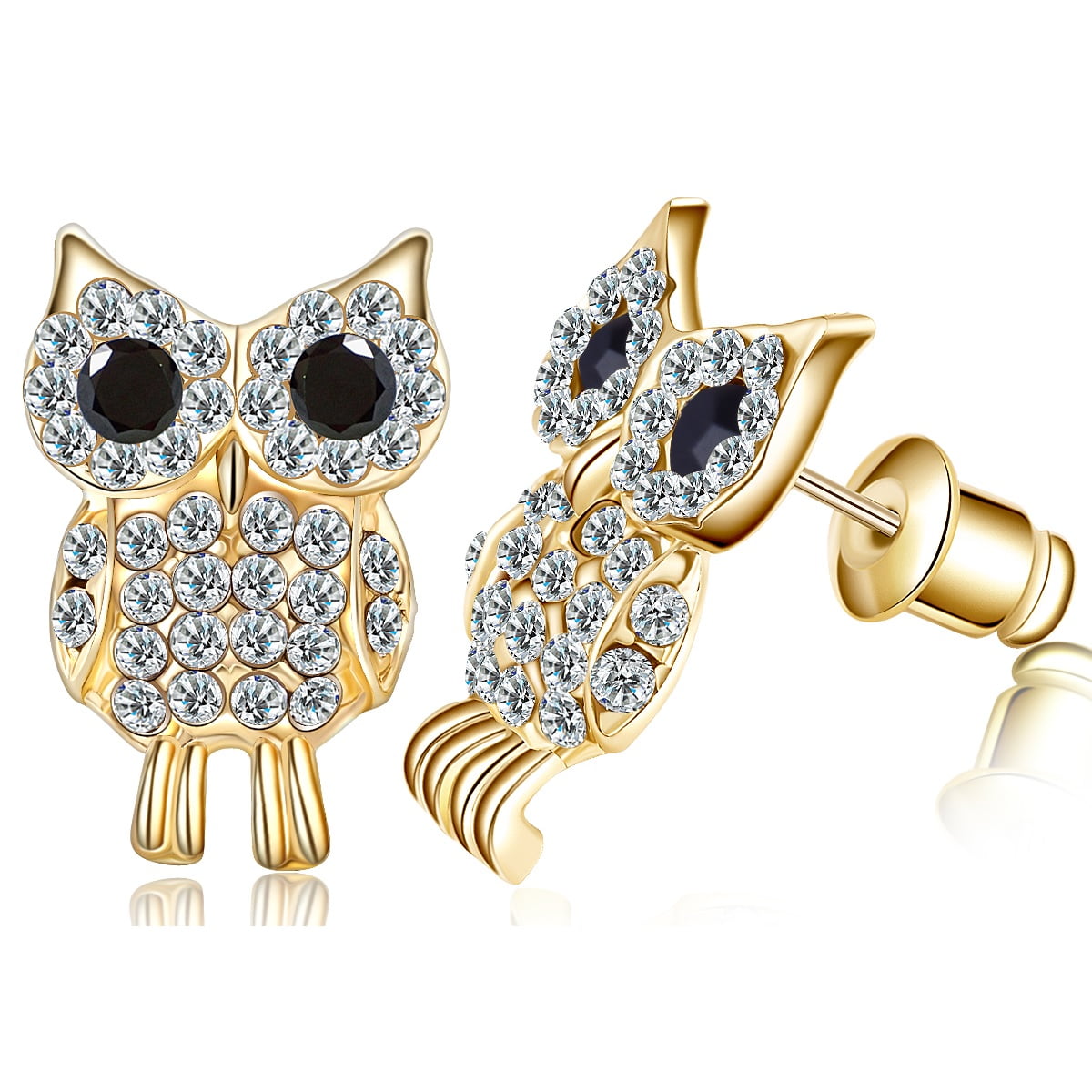

Doodem or clan literally would translate as 'the expression of, or having to do with one's heart' in other words doodem refers to the extended family. Nestled between the scenic Wind River Range and the Owl Creek Mountains, the 2.2 million acre reserve is shared by 3,500 Eastern Shoshone and 7,000 Northern Arapaho.Ĭopyright © 2021 Legends of America.The Anishinaabe peoples are divided into a number of doodeman, or clans, (singular: doodem) named mainly for animal totems (or doodem, as an Ojibwe person would say this word in English). Today the Northern Arapaho live on the Wind River Reservation north of Lander, Wyoming. Over time, the Cheyenne and Arapaho cultures grew similar. In 1892, Oklahoma Territory was thrown open to white settlement and the Indians received allotments in severalty, with the rights of American citizenship. The southern Arapaho were placed on a reservation in Oklahoma with the Southern Cheyenne. In 1867, the treaty of Medicine Lodge placed the Northern Arapaho on their present reservation in Wind River, Wyoming, along with their hereditary enemies, the Shoshone. Government and the Northern Arapaho and Cheyenne which granted the tribes land encompassing one-sixth of Wyoming, one-quarter of Colorado and parts of western Kansas and Nebraska.Īs the gold rush of 1858 pushed even more of the white men into the vast west, the treaty with the Northern Arapaho was broken. In 1851 a treaty was signed between the U.S. In the meantime, the buffalo, which they so depended upon, were being shot by the thousands and left to rot by the newcomers. But as the pace of western expansion increased, the Arapaho, along with the other Plains Indians found themselves being pushed further and further west.

When the white man pushed west, the Arapaho generally maintained friendly relations and became great traders with the white men. The Arapaho also have a deep respect and appreciation for the wisdom of their elders.īy 1840, the Arapaho had made peace with the Sioux, Kiowa, and Comanche, but were always at war with the Shoshone, Ute, and Pawnee until they were confined upon reservations. As with many Native American peoples they believe in a close relationship between themselves, the animals of their world and the land on which they live. The Arapaho are a very spiritual people, believing in an overall creator who they call Be He Teiht. The annual Sun Dance was their greatest tribal ceremony but they were also active proponents of the Ghost Dance religion when it was made popular in the 1880s. The Sun Dancer was not to show any signs of pain during the ritual and, if able to do so, would be rewarded with a vision from the Great Spirit. Dressed in aprons, wristlets, and anklets the dancers would stare at the Sun while dancing hypnotically before being impaled to the Sun Dance pole by way of tiny stakes punctured into the skin. The participants of the dance fasted during the dance and painted their bodies in symbolic colors. Individual teepees would be erected around the lodge in a large circle. In the middle of the camp, a large open-air Sun Dance Lodge would be constructed of wooden poles with the Sun Dance pole standing in the middle. The festival preceded the great summer buffalo hunt. Once a year all of the bands would congregate together for the Sun Dance Festival, an eight-day event at the time of the Summer Solstice.

#TOTEM TRIBE GOLD OWL COLORS FREE#
However, members were free to move between bands at will. The tribe lived together in small bands, predominantly determined by birth.

During hard times, they were also known to eat their dogs. They also hunted for elk and deer, fished, and ate various berries, and plants. Becoming expert buffalo hunters, the buffalo provided them with virtually everything they needed. The Arapaho lived in teepees made from buffalo skins that could be easily erected and taken down as the tribe moved from place to place. The Northern Arapaho lived along the edges of the mountains at the headwaters of the Platte River, while the southern Arapaho moved towards the Arkansas River. The Plains Arapaho soon split into two separate tribes, the northern and southern Arapaho. When they began to drift west, the Arapaho soon became close allies of the Cheyenne tribe and were later loosely aligned with the Sioux. The Arapaho refer to themselves as ‘Inuna-Ina’ which translates to “our people.” Their language is of Algonquin heritage, as is that of their close neighbors the Cheyenne.


 0 kommentar(er)
0 kommentar(er)
